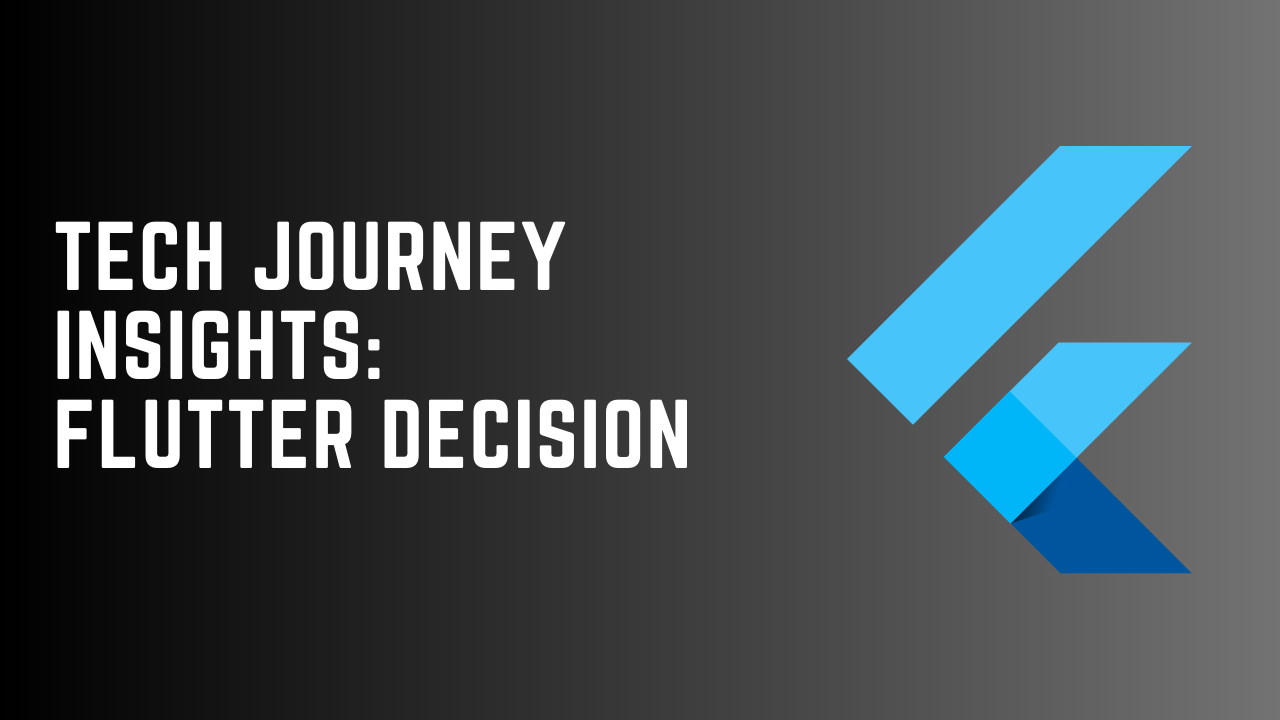I have been using Hugo for a while, and I have created this website to blog, but things have changed, and I want to expand it and make it more than just a blog. I want to make it a place where people can come and learn new things. So I have decided to start a new series of blogs where I will be learning new technologies and sharing my experiences with you guys. I will be learning Flutter, and I will be sharing my experience with you guys.
I want to expand my website, and my requirements have changed. It is more than a blog; it is my business, and when it expands, I want to target different kinds of audiences. I want to target Android, IOS, and web users. Maintaining Different code bases can be difficult and near impossible, so I am moving toward a single code base, and that is where Flutter comes in. Flutter is a cross-platform framework that allows you to create applications for Android, iOS, and the web from a single code base. So I have decided to learn Flutter, and I will be sharing my experience with you guys.
But before we begin, we need to know what Flutter is, what Dart is, and a lot more. So let’s get started.
What is Flutter?
Flutter is an open-source UI Software Development Kit (SDK) developed by Google. It enables developers to build cross-platform applications for Android, iOS, Windows, Mac, Linux, and even Google Fuchsia, all from a single codebase. Flutter is built using C, C++, Dart, and the Skia Graphics Engine. It is released under the BSD-3-Clause license, making it accessible to everyone.
What is Dart?
Dart is the language that powers Flutter. It is a client-optimized programming language designed by Google, and it offers flexibility and versatility to build applications for multiple platforms. Dart is object-oriented, class-based, and garbage-collected, featuring a C-style syntax. One of its main advantages is the ability to compile to either native code or JavaScript. With support for interfaces, mixins, abstract classes, reified generics, static typing, and a sound type system, Dart becomes an ideal companion for Flutter development.
Getting Started - Installing Flutter
Let’s dive into Flutter and get started with the installation process. Flutter is compatible with Windows, Mac, and Linux operating systems. To install Flutter:
-
Visit the Flutter website and download the SDK for your platform.
-
Extract the downloaded SDK to a folder of your choice. For example,
C:/Users/Prometheus/Flutter. -
Add the Flutter SDK to your system’s PATH variable to access it from any location in the command prompt. Here’s how:
- On Windows:
- Open Control Panel.
- Search for “Environment Variables.”
- Click on “Environment Variables.”
- In the “System Variables” section, find the “Path” variable (if it exists).
- If “Path” does not exist, create a new variable and name it “Path.”
- Locate the Flutter SDK folder and copy the path to the “bin” folder.
- Paste the path into the “Path” variable and click OK.
- Verify your installation by opening PowerShell or CMD and running the following command:
flutter
- To perform a complete check and ensure everything is ready, run:
flutter doctor
This command will inform you about any missing components that need to be installed before you can start developing with Flutter.
Required Applications
Before you start developing applications with Flutter, ensure you have the following applications installed on your system:
- For Android development, you need Android Studio.
- For web development, install Visual Studio Code and Chrome Browser.
- For desktop applications, you’ll need Visual Studio Community Edition.
Make sure you have all these applications ready to take full advantage of Flutter’s cross-platform capabilities.
Conclusion
Congratulations! You now have everything you need to embark on your Flutter journey. In the next blog post, we will create our first Flutter application together, step by step. Stay tuned for that, and don’t forget to subscribe to receive updates!
Let’s learn and build amazing things with Flutter and Dart. Happy coding! With that, we will see you next time.❤️❤️
Credit
This article was written by Abdul Rafay and published on Future Insight.
Contact Us
If you encounter any issues or have any questions regarding any of the articles on this website, please do not hesitate to contact the website’s support team. Your feedback is important and the team is dedicated to providing prompt and effective assistance to ensure a positive user experience.
To access the contact page, simply click on the “Contact” tab in the navigation menu or visit the following URL: contact page. From there, you can fill out a contact form or find additional information on how to get in touch with the support team.
Don’t let any questions or concerns go unanswered - reach out to the support team for help and guidance. They are committed to providing excellent customer service and will do everything possible to ensure that you have a seamless experience on the website.
Thumbnail
